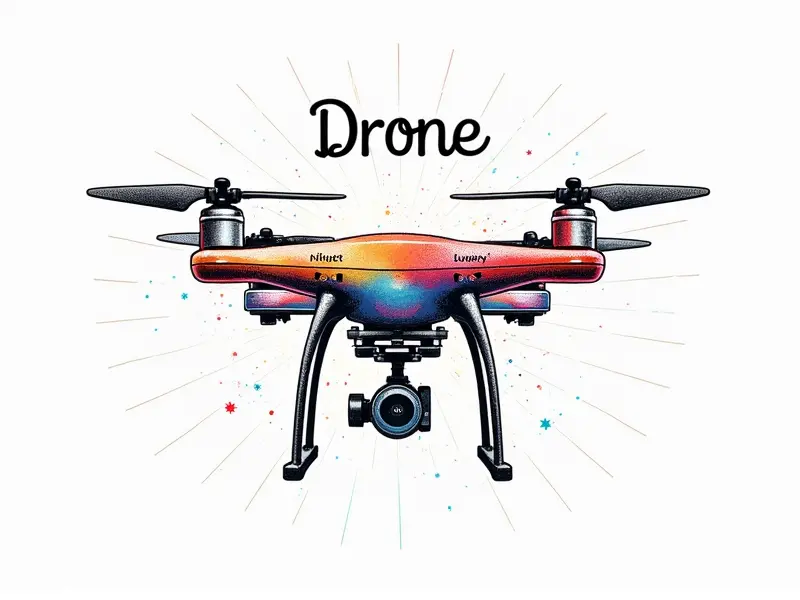How to diagnose motor problems?

Troubleshooting RC Motors: Common Problems
Radio-controlled (RC) motors, whether they are used in quadcopters, helicopters, or planes, can encounter a variety of issues that affect their performance. Understanding the common problems and knowing how to address them is crucial for maintaining optimal operation.
Fixing RC Motor Malfunctions Quickly
When an RC motor malfunctions, it's essential to act swiftly to minimize downtime and potential damage. Common quick fixes include checking connections, ensuring proper lubrication, and verifying the power supply.
Identifying Faulty RC Motor Symptoms
- Noise: Unusual sounds can indicate issues such as bearing wear or foreign objects in the motor.
- Vibration: Excessive vibration might suggest imbalance, loose parts, or worn-out components.
- Overheating: If a motor gets too hot during operation, it could be due to insufficient cooling, high load, or electrical issues.
Diagnosing Quadcopter Motor Failures
Quadcopters rely on four motors for stability and flight. Identifying motor failures early can prevent crashes and ensure safe operation. Common symptoms include inconsistent performance across motors and sudden loss of power.
Fixing Helicopter Motor Malfunctions
Helicopters use a single main rotor motor, making it critical to diagnose issues promptly. Symptoms such as reduced lift or erratic flight patterns can indicate problems like worn bearings or electrical faults.
RC Plane Engine Diagnosis Guide
For RC planes with internal combustion engines, regular maintenance and diagnosis are vital for performance. Key areas of concern include fuel delivery systems, ignition timing, and engine wear.
FPV Drone Motor Trouble Tips
Flying an FPV drone requires precise motor control. Common issues include propeller damage, electrical shorts, and overheating due to high speeds or prolonged use.
Quick Fixes for Overheating Motors
Overheating is a serious issue that can lead to permanent damage if not addressed promptly. Quick fixes include reducing load, improving airflow, and checking for blockages in cooling systems.
How to Test an RC Motor's Health
- Voltage Check: Measure the motor’s voltage under load to ensure it is receiving adequate power.
- Resistance Measurement: Use a multimeter to check for any internal shorts or open circuits.
- Noise and Vibration Analysis: Listen for unusual sounds and feel for excessive vibration during operation.
Identifying RC Motor Noise Causes
Noisy motors can be caused by a variety of factors, including worn bearings, loose parts, or foreign objects. Addressing these issues promptly can prevent further damage and extend the motor's lifespan.
RC Motor Vibration: What It Means
Vibration in RC motors is often an indicator of imbalance or mechanical wear. Regularly checking for loose screws, worn bearings, and other components can help maintain smooth operation.
Conclusion
Maintaining the health of your RC motor is essential for ensuring safe and efficient performance. By understanding common issues and knowing how to diagnose them quickly, you can extend the life of your equipment and enjoy uninterrupted flying or racing experiences.

